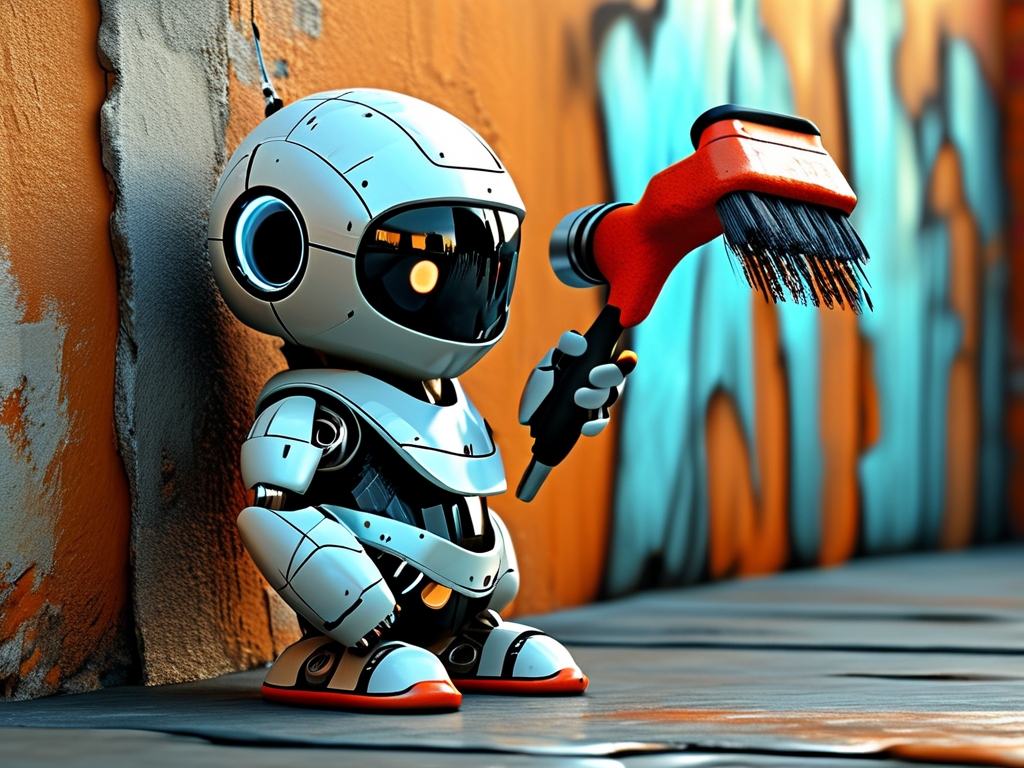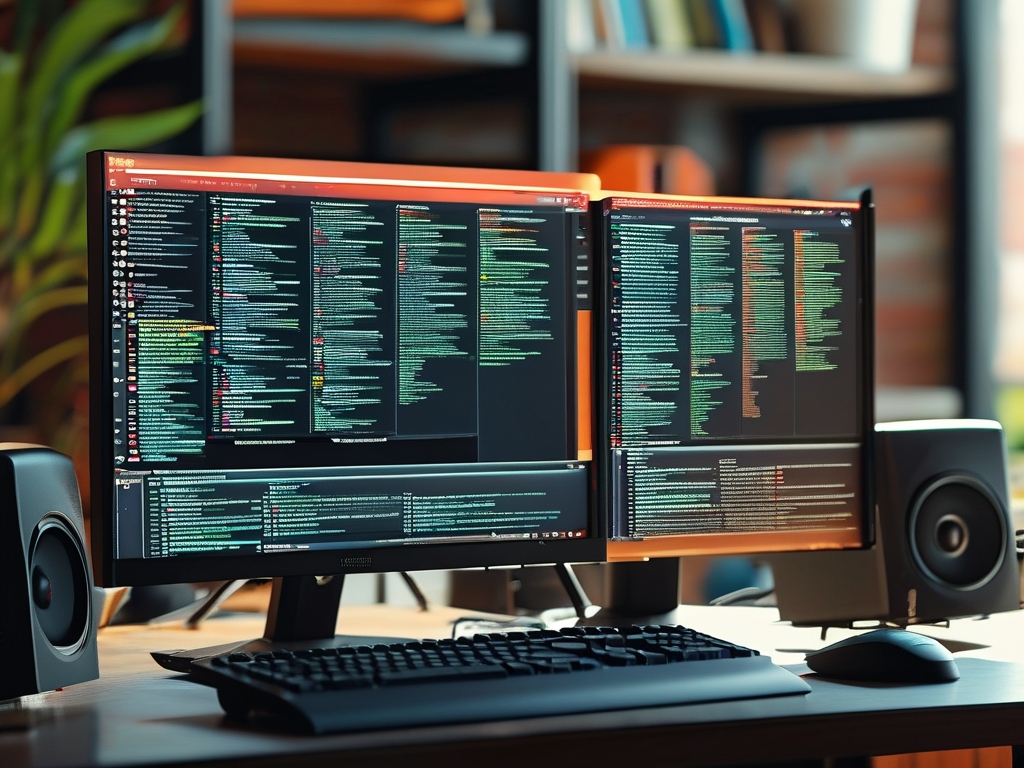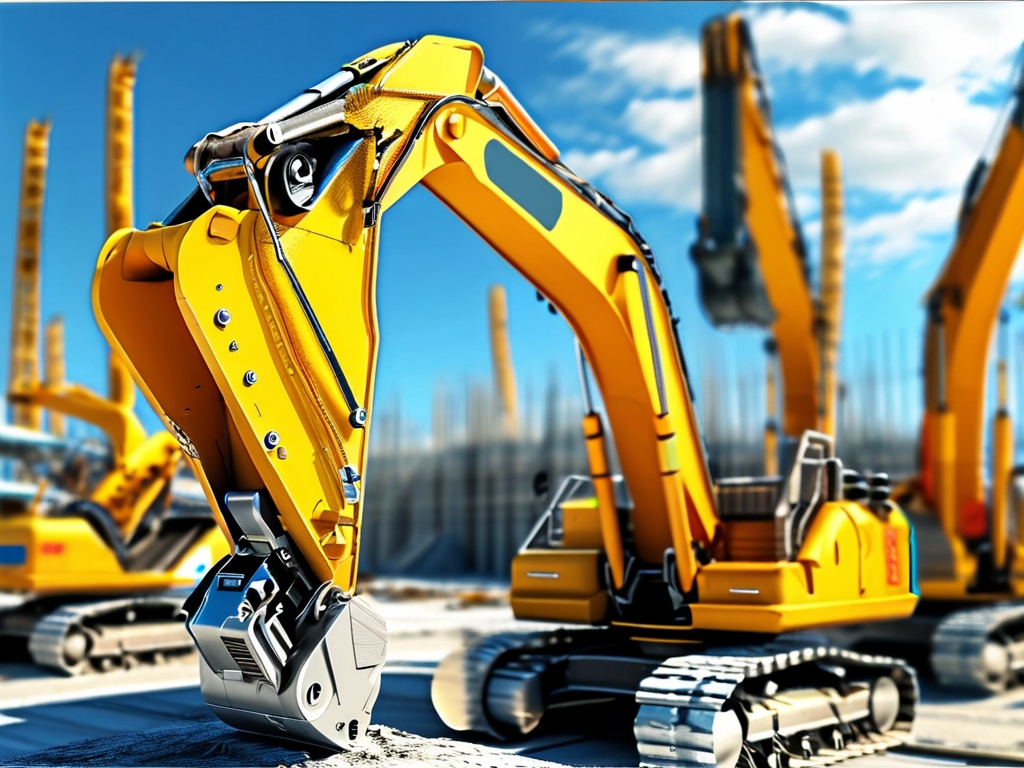The construction industry has long been associated with labor-intensive processes, but advancements in robotics are reshaping its future. Among these innovations, robotic wall painting technology stands out as a groundbreaking solution that combines precision, efficiency, and sustainability. This article explores the mechanics of this technology, its benefits, challenges, and potential to redefine modern construction practices.

1. How Robotic Wall Painting Works
Robotic wall painting systems integrate hardware and software to automate surface coating tasks. Equipped with advanced sensors, 3D mapping cameras, and AI-driven algorithms, these robots analyze wall dimensions, detect imperfections, and calculate optimal paint coverage. For example, some models use LiDAR (Light Detection and Ranging) to create real-time spatial maps, ensuring even application across irregular surfaces.
The robotic arm, a core component, mimics human movement but with enhanced stability. It adjusts nozzle pressure and spray angles dynamically, adapting to textures like drywall, concrete, or brick. Meanwhile, machine learning algorithms enable the robot to "learn" from previous projects, improving accuracy over time.
2. Advantages Over Traditional Methods
a) Speed and Efficiency
A single robotic painter can cover up to 1,000 square feet per hour—nearly 10 times faster than a human crew. This acceleration reduces project timelines significantly, particularly in large-scale commercial projects like office buildings or warehouses.
b) Precision and Consistency
Human painters often struggle with uneven strokes or fatigue-induced errors. Robots eliminate these issues, delivering millimeter-level accuracy. For instance, in a 2023 case study by ConstructTech Labs, robotic systems achieved a 99.8% consistency rate in paint thickness across a 50-story skyscraper.
c) Safety and Sustainability
By automating hazardous tasks—such as painting high ceilings or toxic environments—robots minimize workplace injuries. Additionally, they reduce paint waste by up to 30% through optimized material usage, aligning with global green building standards like LEED.
3. Applications Across Industries
- Residential Construction: Startups like PaintJet are deploying robots for interior home painting, offering customizable color patterns through app-based controls.
- Infrastructure Maintenance: Governments in Japan and Germany use robotic painters to maintain bridges and tunnels, combating corrosion in hard-to-reach areas.
- Artistic Installations: Museums collaborate with robotics firms to create intricate murals, blending art with algorithmic precision.
4. Current Challenges
Despite its promise, the technology faces hurdles:
- High Initial Costs: A commercial-grade robotic painter costs between $50,000 and $200,000, limiting adoption among small contractors.
- Technical Limitations: Complex architectural elements (e.g., ornate moldings) still require human intervention.
- Workforce Adaptation: Unions in Europe and North America have raised concerns about job displacement, urging policies for reskilling workers.
5. The Future of Robotic Painting
Industry analysts predict a $4.2 billion market for construction robotics by 2030, with painting robots capturing 35% of this share. Emerging trends include:
- Swarm Robotics: Teams of smaller robots collaborating on mega-projects.
- AI-Powered Color Matching: Real-time adjustments based on ambient lighting or client preferences.
- Biodegradable Paint Integration: Combining robotics with eco-friendly materials to reduce VOC emissions.
Robotic wall painting technology is not merely a tool but a transformative force in construction. While challenges remain, its ability to merge speed, quality, and environmental responsibility positions it as a cornerstone of tomorrow’s smart cities. As companies and policymakers navigate this shift, collaboration between engineers, artists, and laborers will be key to unlocking its full potential.



